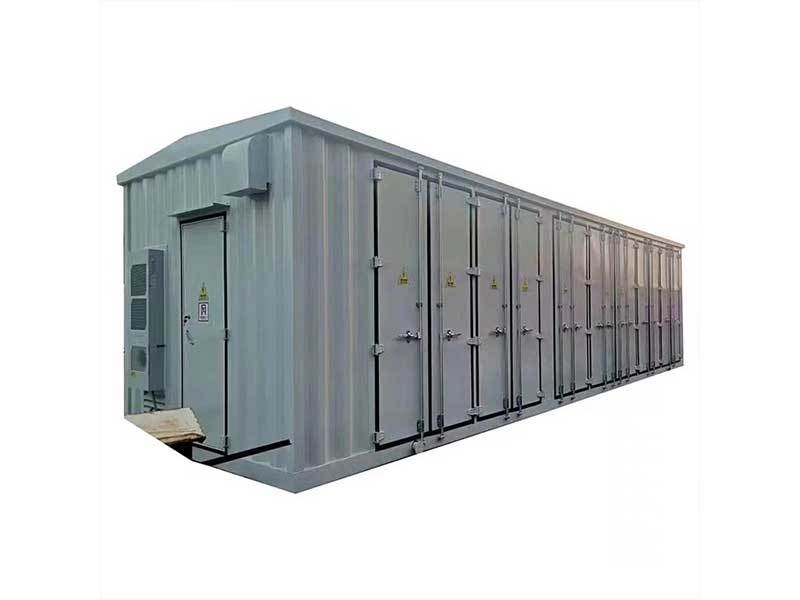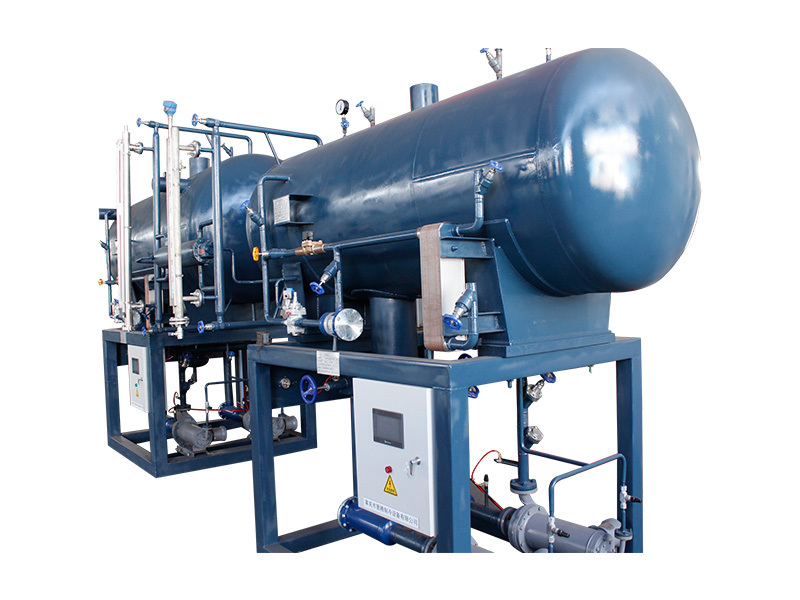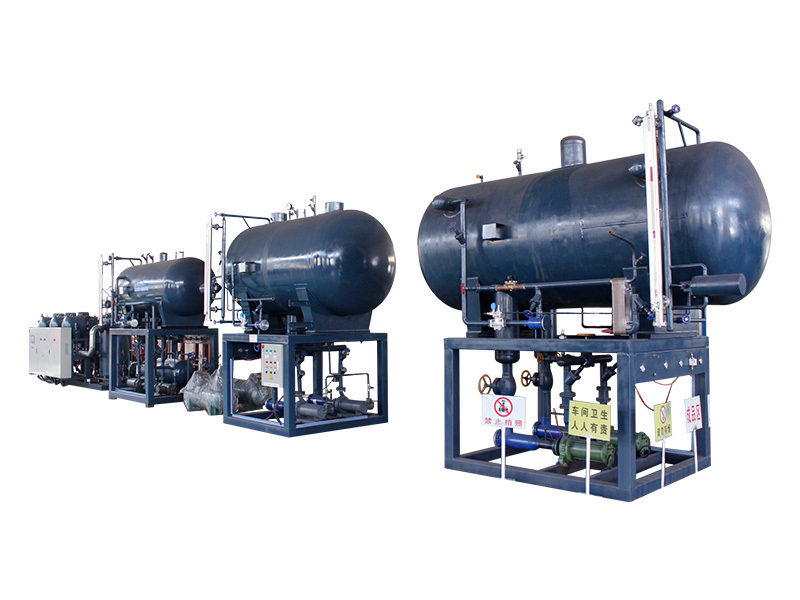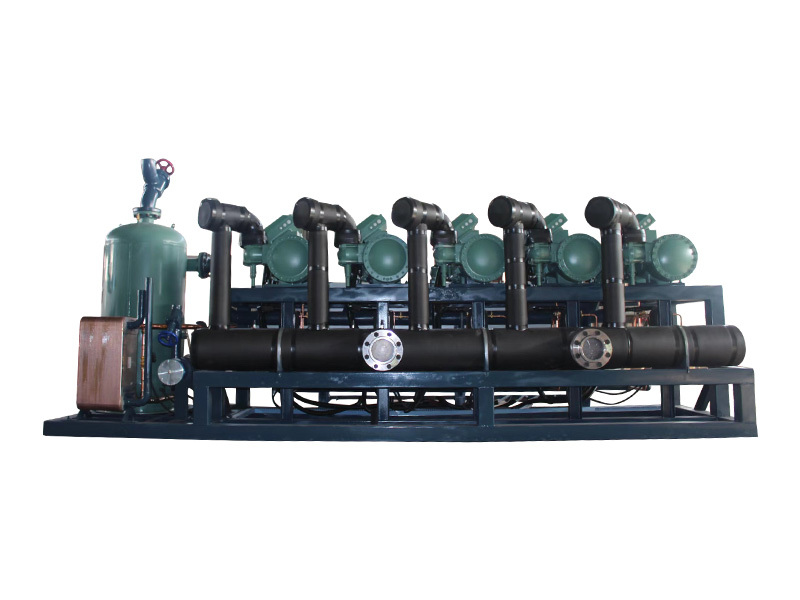Drain Bucket
Classification: Pressure Vessel
Keywords: Drain Bucket
Keywords: Drain Bucket
Keywords: Drain Bucket
Keywords: Drain Bucket
Keywords: Drain Bucket
Keywords: Drain Bucket
The drain barrel is located on the low-pressure side of the system. It is mainly used to store the ammonia liquid discharged from the cooling fan or cooling drain when hot ammonia is defrosted, and to separate the lubricating oil in the ammonia liquid. The drain barrel is used for hot ammonia defrost in the cold room, so its capacity should be able to accommodate the maximum discharge volume of the cold room evaporator. The amount of ammonia liquid stored in the drain barrel must not exceed 70% of the solvent in the drain barrel itself.
Introduction to the structural characteristics and working principle of the drain barrel:
In addition to storing the defrost drain liquid, the drain barrel is more important for gas-liquid separation and precipitation of lubricating oil after the defrost drain liquid. In the ammonia refrigeration system, the liquid inlet pipe on the drain barrel is connected to the liquid sub-regulating station drain pipe; the liquid outlet pipe is connected to the liquid pipe leading to the ammonia liquid separator or the liquid supply regulating station; the pressure reducing pipe is connected to The ammonia liquid separator or the return pipe of the low-pressure circulation liquid reservoir is connected to reduce the pressure in the drain barrel so that the ammonia liquid after the hot ammonia melts can smoothly enter the barrel; the pressurized pipe is connected to the ammonia vapor pipe. The drain barrel is a low-temperature equipment and should be covered with a heat insulation layer.
The drain barrel is made of steel plates welded into a cylindrical shape, and is a sealed pressure vessel with arched heads welded to both ends. The upper part of the barrel is equipped with a liquid inlet pipe, a safety valve, a pressure gauge, a balance pipe, a liquid outlet pipe, etc. Among them, a section of horizontal pipe with a slightly larger diameter is welded to the balance pipe, and two pipes are welded to the horizontal pipe. These two pipes are called pressure pipes and decompression pipes according to their uses. The liquid outlet pipe goes deep into the barrel and is close to the bottom. There is an oil drain pipe at the bottom of the barrel. One section of the container is provided with a liquid level indicator.
Product Details
The drain barrel is located on the low-pressure side of the system. It is mainly used to store the ammonia liquid discharged from the cooling fan or cooling drain when hot ammonia is defrosted, and to separate the lubricating oil in the ammonia liquid. The drain barrel is used for hot ammonia defrost in the cold room, so its capacity should be able to accommodate the maximum discharge volume of the cold room evaporator. The amount of ammonia liquid stored in the drain barrel must not exceed 70% of the solvent in the drain barrel itself.
Introduction to the structural characteristics and working principle of the drain barrel:
In addition to storing the defrost drain liquid, the drain barrel is more important for gas-liquid separation and precipitation of lubricating oil after the defrost drain liquid. In the ammonia refrigeration system, the liquid inlet pipe on the drain barrel is connected to the liquid sub-regulating station drain pipe; the liquid outlet pipe is connected to the liquid pipe leading to the ammonia liquid separator or the liquid supply regulating station; the pressure reducing pipe is connected to The ammonia liquid separator or the return pipe of the low-pressure circulation liquid reservoir is connected to reduce the pressure in the drain barrel so that the ammonia liquid after the hot ammonia melts can smoothly enter the barrel; the pressurized pipe is connected to the ammonia vapor pipe. The drain barrel is a low-temperature equipment and should be covered with a heat insulation layer.
The drain barrel is made of steel plates welded into a cylindrical shape, and is a sealed pressure vessel with arched heads welded to both ends. The upper part of the barrel is equipped with a liquid inlet pipe, a safety valve, a pressure gauge, a balance pipe, a liquid outlet pipe, etc. Among them, a section of horizontal pipe with a slightly larger diameter is welded to the balance pipe, and two pipes are welded to the horizontal pipe. These two pipes are called pressure pipes and decompression pipes according to their uses. The liquid outlet pipe goes deep into the barrel and is close to the bottom. There is an oil drain pipe at the bottom of the barrel. One section of the container is provided with a liquid level indicator.
Related Products
Online message







